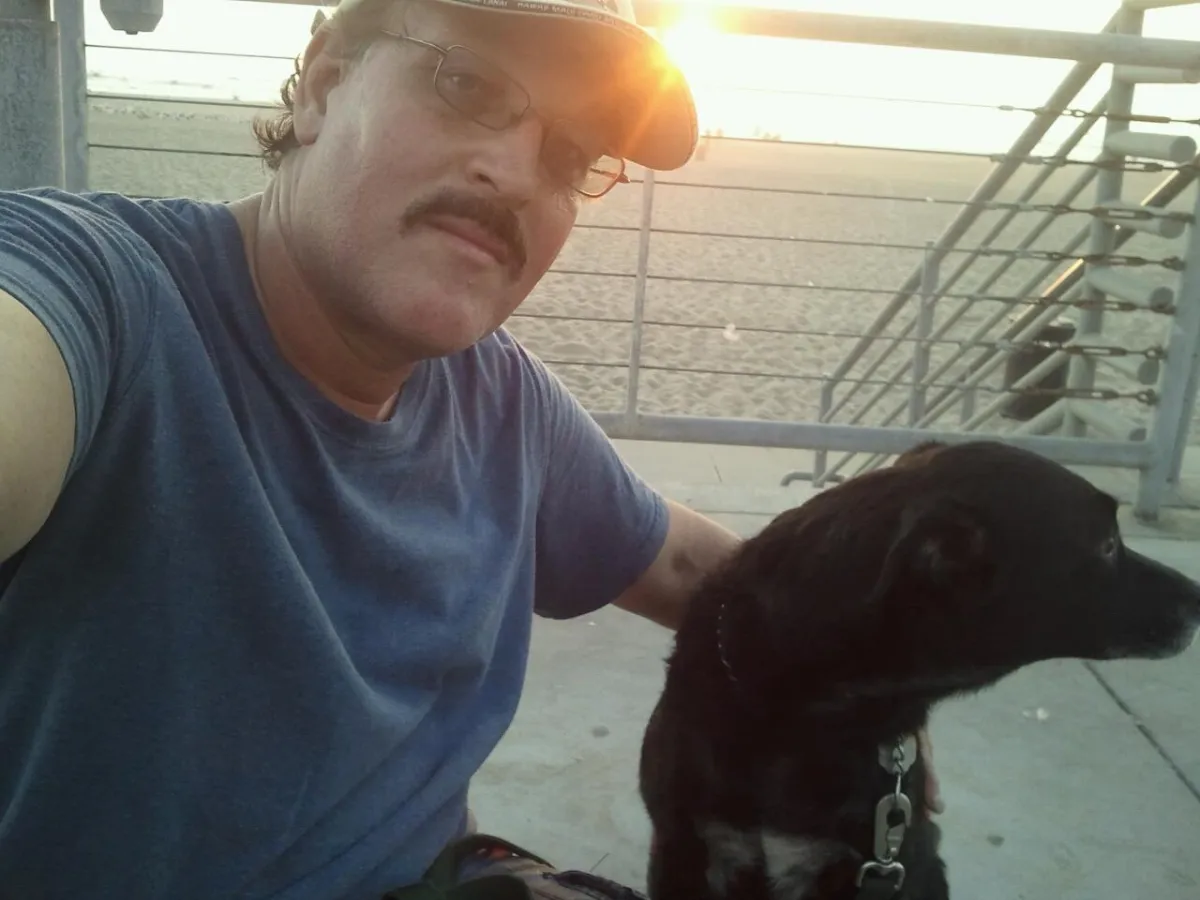CreativeExplorer-MichaelMandaville.com
I work in Film. I live in Martial Arts. I thrive in Imagination.

So who am I?
I am a Producer-Writer-Director-Novelist-Martial Artist. How's that for a hyphenate! have always worked in film, notably as a Line Producer on all the "Taken" films. I directed two Indie films guerilla style and a web series. I've written novels and over fifty scripts with a third "Hired to Write" or optioned. I've done martial arts most of my life and this path is my steady course for self-improvement always needed in film's highly competitive environment which is my ongoing (meaning I'm buildinng it!) ScholarWarriorWay.com course.
Did you know that if you improve 1/2% each day, then you will be 267% better over one year? Who can compete with that?
Featured Video or Article
WHY I LIKE THIS VIDEO: Kurosawa was a master filmmaker, relying on image to convey his emotions. How he captures emotions with this imagery is conceptually brilliant. I could watch this video a hundred times and always learn more.

Actiongram: OODA Loop
ACTIONGRAM: Small Action, Big Result
The OODA Loop means "Observe-Orient-Decide-Act"
The OODA loop (observe, orient, decide, act) is a decision-making model developed by military strategist and United States Air Force Colonel John Boyd.

FROM THE CENTER FOR VIOLATION PREVENTION
1. Observe - Heightening Awareness:
The first step in the OODA Loop for personal self-defense is to sharpen your observation skills. This involves being fully aware of your surroundings and paying attention to potential threats. In a self-defense context, observation means:
Noticing unusual behavior or individuals in your vicinity.
Being aware of escape routes and safe spaces.
Recognizing signs of danger, such as aggressive body language or verbal threats.
2. Orient - Mental Preparation:
Orientation in self-defense relates to your ability to understand the situation and its implications. It involves evaluating the information you've observed and interpreting it effectively. In this stage:
You assess the potential threat level.
You consider your own physical capabilities and limitations.
You determine the best course of action based on your assessment.
3. Decide - Making Informed Choices:
Deciding, the third step, is where you choose a course of action based on your observation and orientation. This is a critical moment in self-defense, as it involves:
Deciding whether to engage or disengage from the situation.
Selecting the most appropriate self-defense technique or response.
Making choices that prioritize your safety and well-being.
4. Act - Effective Response:
The final stage is acting on your decision. In self-defense, this means executing your chosen response swiftly and decisively. Actions can include:
Utilizing self-defense techniques, such as strikes, escapes, or joint locks.
Creating distance from the threat.
Seeking help or alerting authorities.


Facebook
Instagram
X
LinkedIn
Youtube
Website